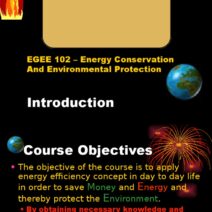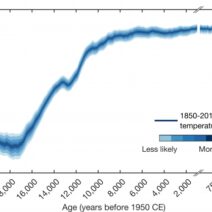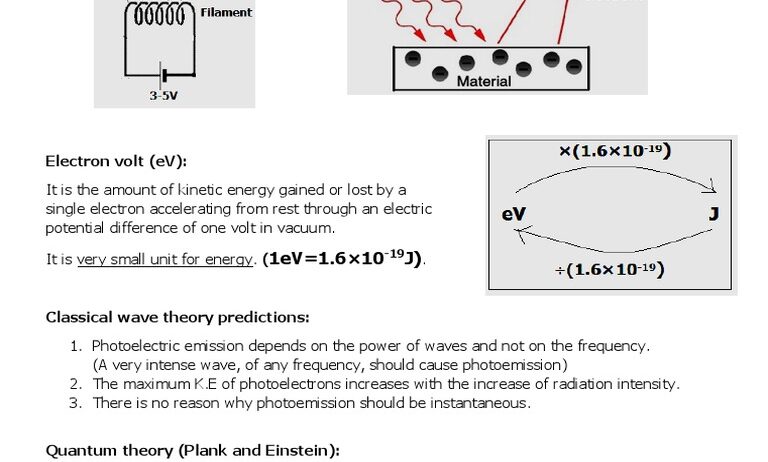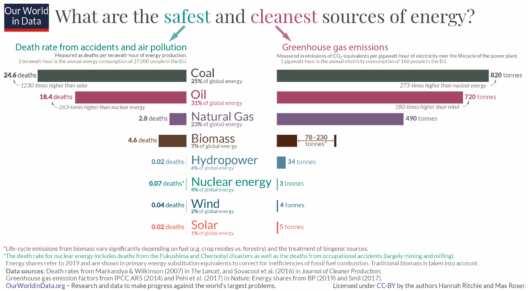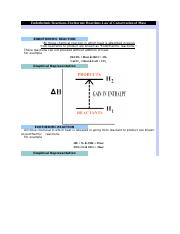In the intricate dance of quantum mechanics, energy conservation during phonon interval emission presents a compelling puzzle that resonates with phenomena of the macroscopic world. At its core, this exploration involves the interplay between quantum states and their influence on energy transfer modalities. As we delve into this enigmatic realm, we encounter principles that redefine our comprehension of energy conservation within the atomically small yet vastly intricate ecosystems of solid materials.
Fundamentally, phonons are quantized modes of vibrations occurring in a crystalline lattice. When thermal energy is imparted to such a lattice, atoms oscillate, giving rise to these quantized excitations. Upon interaction with external stimuli or intrinsic lattice defects, phonons can be emitted or absorbed, facilitating various phenomena such as thermal conductivity and sound propagation. The unique property of phonons lies in their ability to transfer energy without transporting matter, a characteristic intrinsic to wave phenomena.
The concept of total energy conservation is pivotal in all physical processes, including the ostensibly straightforward emission of phonons. Quantum mechanics posits that the energy of a system is quantized, leading to discrete energy levels. During the emission of a phonon, the energy of a higher state is converted into vibrational energy. This transmutation raises a question: how is total energy conserved when energy levels are seemingly discrete? The answer lies in the nuanced understanding of how these quantum states interact with one another and with the surrounding environment.
During a phonon emission event, the initial energy state of the vibrating lattice decreases by an amount equivalent to the energy of the emitted phonon. This energy quantifies the vibrational excitation level—the frequency of the emitted phonon essentially correlates to the energy change involved. However, what becomes pivotal is the interaction of the lattice with its environment. This scenario encapsulates the essence of energy conservation; as energy is released in the form of a phonon, it effectively disperses into the surrounding lattice and the environment, thus maintaining the overall energy balance.
One must also consider the role of temperature in phonon emission. At elevated temperatures, the lattice vibrates with greater intensity, leading to more frequent phonon emissions. This thermal activity introduces phonons at varying energy levels, contributing to an increased energy state for the system. However, the crucial factor is that the energy associated with the phonons being emitted always reflects the changes in the vibrational energies of the ions in the crystal lattice. Thus, rather than creating energy from a vacuum, phonon emission redistributes the existing vibrational energy within the system, illustrating conservation across vibrational states.
The phenomenon can be further elucidated by examining the processes involved in anharmonicity. In ideal harmonic oscillators, energy transfer appears straightforward and predictable. However, real materials exhibit anharmonicity—nonlinear relationships between force and displacement at finite temperatures—which complicates the analysis. In such cases, additional vibrational modes may interact, leading to a cascading effect of energy redistribution that still adheres to conservation laws. Phonons participating in these interactions engage in a complex exchange, yet the statistical nature of quantum mechanics ensures that the total energy, both absorbed and emitted, remains in equilibrium.
Moreover, the understanding of this energy conservation extends beyond mere vibrational mechanics. When phonons interact with electrons, a novel mechanism emerges. The electrons can absorb phononic energy during momentum conservation events, enabling thermal energy to be transferred to electrical energy in thermoelectric applications. Although these processes appear to create energy, they fulfill conservation principles by redistributing existing energy states within the system. The thermal energy of the lattice becomes electrical through phonon-electron interactions, further demonstrating that energy is neither created nor destroyed; it is merely transformed and transferred.
The implications of phonon emission and energy conservation resonate profoundly in contemporary materials science and engineering. By understanding these quantum principles, researchers can explore novel materials with tailored thermal and electrical properties. For instance, materials exhibiting unmatched thermoelectric efficiency harness phonon interactions to enhance energy conversion processes—an endeavor that holds promise for sustainable energy solutions. As scientists delve deeper into the quantum nature of materials, they unravel potential pathways to improve energy harvesting and storage mechanisms, supporting global sustainability efforts against climate change.
In conclusion, the phonon interval emission encapsulates the paradox of energy transfer within quantum realms. Despite the discrete nature of emitted energy packets, the overarching principle of energy conservation reigns supreme. The continuous interplay between vibrational states and their environments underscores a sophisticated mechanism that facilitates energy dynamics in crystalline lattices. As our knowledge expands into these quantum territories, the broader implications of such insights illuminate promising avenues for innovation in energy systems. Understanding phonon interactions not only piques curiosity but also invites a shift in perspective, revealing a profound link between fundamental physics and our quest for sustainable solutions in a world grappling with climate crisis.
